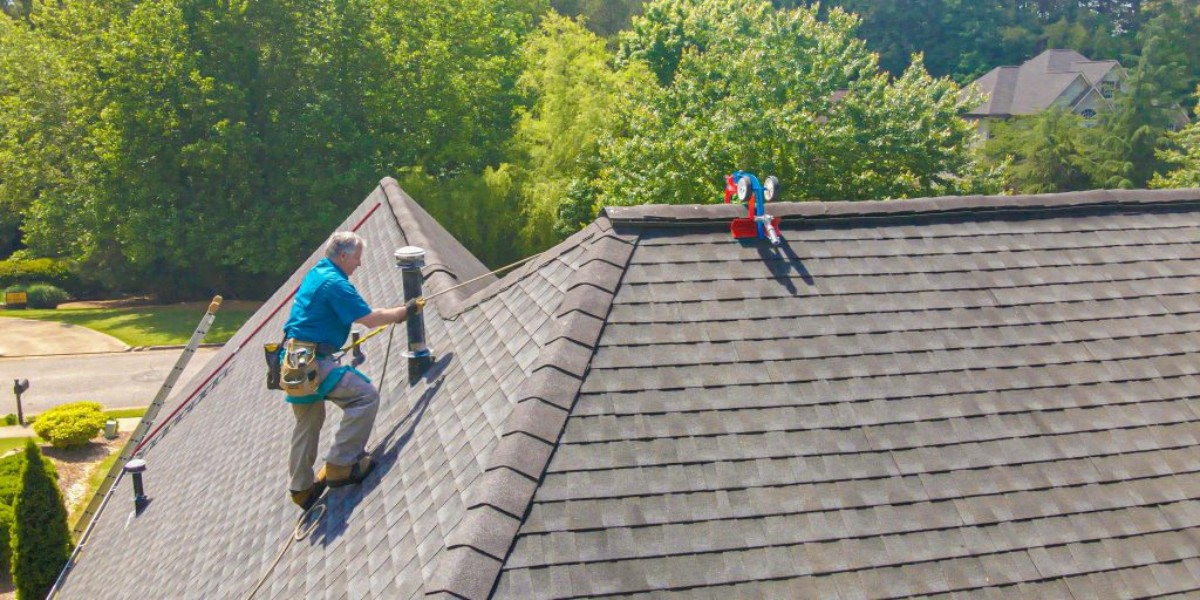

Articles
How To Work On A Steep Roof
Modified: February 22, 2024
Learn effective techniques for working on a steep roof in our comprehensive articles. Get expert tips and stay safe while roofing.
(Many of the links in this article redirect to a specific reviewed product. Your purchase of these products through affiliate links helps to generate commission for Storables.com, at no extra cost. Learn more)
Introduction
Working on a steep roof can be a challenging and potentially dangerous task. Whether you are a professional roofer or a homeowner attempting a DIY roofing project, it is crucial to prioritize safety and take necessary precautions. This article will provide you with a comprehensive guide on how to work on a steep roof while minimizing the risks involved.
When working on a steep roof, it is essential to have a clear understanding of the safety measures that need to be taken. Failure to do so can result in severe injuries or even fatal accidents. By following the guidelines outlined in this article, you will be equipped with the knowledge and necessary techniques to safely and effectively work on a steep roof.
Before we delve into the specifics, it is important to note that working on a steep roof should only be attempted by individuals with proper training and experience. If you are uncertain about your ability to safely navigate a steep roof, it is strongly advised to consult with a professional roofing contractor.
That being said, let’s explore the crucial safety precautions to consider when working on a steep roof.
Key Takeaways:
- Prioritize safety by using proper personal protective equipment, checking weather conditions, and inspecting the roof for stability when working on a steep roof. Teamwork and regular maintenance are essential for a successful roofing project.
- Ensure stability and safety by setting up the ladder properly, securing yourself with a harness, and using roof jacks or scaffolding. Regular cleaning and maintenance of the roof are crucial for its longevity and performance.
Read more: How To Climb A Steep Roof
Safety Precautions
Working on a steep roof poses inherent risks, and it is essential to prioritize safety above all else. Here are some crucial safety precautions to follow when working on a steep roof:
- Use proper personal protective equipment (PPE): Before stepping foot on a steep roof, ensure that you are equipped with the necessary PPE. This includes a helmet to protect your head from falling objects, safety goggles to shield your eyes from debris, non-slip shoes with good traction, and gloves to protect your hands from sharp materials.
- Check the weather conditions: Prior to starting any work on the roof, check the weather forecast carefully. Working on a steep roof is especially dangerous when it’s wet, windy, or icy. These hazardous conditions can increase the risk of slipping and falling, so it’s best to postpone the work until the weather improves.
- Inspect the roof for stability: Before stepping onto the roof, thoroughly inspect its condition. Look for any signs of damage, such as loose or missing shingles, weak spots, or sagging areas. Working on an unstable roof can lead to accidents and injuries. If you notice any issues, it is crucial to address them before proceeding with the work.
- Secure the work area: Clear the work area of any unnecessary debris or hazards before beginning. This includes removing any tools, equipment, or loose materials that could pose a trip or slip hazard. By keeping the work area clean and organized, you can minimize the risk of accidents.
- Communicate and work in teams: Working on a steep roof is not a task that should be undertaken alone. It is always safer to work in teams, allowing for effective communication and assistance in case of emergencies. Make sure to coordinate with your team members to ensure everyone is aware of the tasks at hand and understands the safety protocols.
- Stay hydrated and take breaks: Roofing work can be physically demanding, especially when working on a steep incline. It is crucial to stay hydrated and take regular breaks to rest and recharge. Avoid overexertion, as fatigue can impair your judgment and increase the risk of accidents.
- Know your limitations: Be aware of your physical limitations and capabilities. If you are not comfortable working on a steep roof or feel unsure about your abilities, it is best to seek professional assistance. It is never worth risking your safety to save a few dollars.
By following these safety precautions, you can minimize the risks associated with working on a steep roof and ensure a safer working environment.
Tools and Equipment Needed
Having the right tools and equipment is essential when working on a steep roof. Here are some of the key items you will need:
- Safety harness: A safety harness is a crucial piece of equipment that helps prevent falls from a steep roof. It consists of straps that go around your body and a secure anchor point. Make sure the harness fits properly and is in good condition before using it.
- Ladder: A sturdy and stable ladder is necessary for accessing the roof safely. Choose a ladder that is appropriate for the height of your roof and made of high-quality materials. Keep in mind that the ladder should have slip-resistant feet and be set up at the correct angle for stability.
- Roof jacks or toe boards: Roof jacks or toe boards are used to provide a stable surface to stand on when working on a steep roof. They are typically made of wood or metal and should be securely attached to the roof to prevent slipping or sliding.
- Roofing nail gun or hammer: Depending on the type of roofing materials you are working with, you will need either a roofing nail gun or a hammer to secure shingles or other roofing components in place. Ensure that you have the appropriate nails or roofing screws for the job.
- Roofing materials: Make sure you have all the necessary roofing materials, including shingles, underlayment, flashing, and sealant. It’s important to choose high-quality materials that are suitable for the specific requirements of your roof.
- Roofing knife or utility knife: A sharp roofing knife or utility knife is essential for cutting and shaping roofing materials. Make sure the blade is sharp and always exercise caution when using knives.
- Measuring tape: Accurate measurements are crucial for ensuring the proper alignment and installation of roofing materials. Have a reliable measuring tape on hand to avoid mistakes and ensure a precise fit.
- Roof brackets or scaffolding: Depending on the size and complexity of the roofing project, you may need roof brackets or scaffolding to provide a stable platform for working on the roof. These structures offer additional safety and convenience when working on a steep roof.
- Personal protective equipment (PPE): As mentioned earlier, it is essential to wear proper PPE, including a hard hat, safety goggles, gloves, and non-slip footwear. These items protect you from potential hazards on the roof.
It is crucial to have all the necessary tools and equipment in good working condition before starting any roofing project. This ensures that you can work efficiently and safely on a steep roof.
Choosing the Right Ladder
When working on a steep roof, choosing the right ladder is crucial for your safety and convenience. Here are some factors to consider when selecting a ladder:
- Height: Choose a ladder that is tall enough to reach the roof comfortably. It’s better to opt for a slightly longer ladder than one that is too short. Remember to account for the additional height needed to safely access the roof from the ladder.
- Material: Ladders are typically made of aluminum, fiberglass, or wood. Aluminum ladders are lightweight, durable, and resistant to rust. Fiberglass ladders are electrically insulated, making them suitable for working around power lines. Wood ladders are strong but can be heavier and require regular maintenance.
- Weight capacity: Check the weight capacity of the ladder to ensure it can support your weight, as well as the weight of any tools or equipment you will be carrying. Exceeding the weight capacity can compromise the ladder’s stability and pose a significant safety risk.
- Type of ladder: There are different types of ladders available, including extension ladders, step ladders, and combination ladders. The choice depends on the specific requirements of your roofing project. Extension ladders are adjustable in height and provide access to higher roofs. Step ladders are self-supporting and do not require leaning against a structure. Combination ladders can be transformed into various configurations.
- Stability and safety features: Look for ladders with non-slip feet or rubber grips to ensure stability on different surfaces, including uneven or slippery roofs. Select a ladder with secure locking mechanisms to prevent accidental collapse. Additionally, consider ladders with built-in safety features such as stabilizer bars or adjustable legs for added stability.
It is crucial to properly inspect your ladder before each use. Check for any signs of damage, such as bent rungs, loose bolts, or frayed ropes. Do not use a ladder that appears to be in poor condition, as it may pose a safety hazard. Always follow the manufacturer’s guidelines for safe use and weight limits.
Remember, selecting the right ladder is essential for ensuring your safety while working on a steep roof. Take the time to choose a ladder that meets your specific needs and offers stability and durability throughout your roofing project.
Setting up the Ladder Properly
Properly setting up your ladder is essential to ensure stability and safety while working on a steep roof. Follow these steps to set up your ladder correctly:
- Choose a stable surface: Before placing your ladder, make sure the ground or surface is level and stable. Avoid setting up the ladder on uneven or soft ground, as this can cause it to wobble or shift during use.
- Position the ladder at the correct angle: The ideal ladder angle is a 75-degree slope. To achieve this, place the base of the ladder one foot away from the wall or roofline for every four feet of ladder length. For example, if the ladder is 16 feet long, position the base four feet away from the wall or roofline.
- Secure the ladder at the top: If possible, secure the ladder at the top to prevent it from slipping or sliding. You can use ladder stabilizers or attachments designed for this purpose. This provides additional stability and security while working on a steep roof.
- Use ladder levelers: Ladder levelers can be attached to the base of the ladder to accommodate uneven surfaces. These adjustable devices provide stability on slopes and ensure a secure footing for the ladder. Make sure to follow the manufacturer’s instructions for proper installation and adjustment.
- Test the ladder’s stability: Before climbing onto the ladder, give it a gentle shake to ensure it is stable and secure. If the ladder wobbles or feels unstable, readjust its position or double-check the stability of the footing.
- Face the ladder while climbing: Always face the ladder when climbing up or down. Maintain three points of contact with the ladder at all times, using either two hands and one foot or two feet and one hand. This helps maximize stability and reduces the risk of slipping.
- Avoid overreaching: Never overreach while on the ladder. Instead, reposition the ladder as needed to maintain a comfortable and safe working position. Overreaching can cause the ladder to become unbalanced and increase the risk of falls.
- Climb and descend carefully: Take your time when climbing up or down the ladder. Avoid rushing or making sudden movements that can throw off your balance. If you need to carry tools or materials, use a tool belt or rope to keep your hands free for climbing.
Remember to always use caution and common sense when setting up and using a ladder. If you are unsure about the proper setup or have concerns about stability, consult a professional for assistance. Additionally, it’s essential to regularly inspect your ladder for any signs of damage or wear and replace it if necessary.
By following these guidelines, you can ensure that your ladder is set up properly and decrease the risk of accidents while working on a steep roof.
Read more: How To Clean Gutters On A Steep Roof
Securing Yourself with a Harness
When working on a steep roof, securing yourself with a harness is a crucial safety measure that helps prevent falls and keeps you safe. Here’s a step-by-step guide on how to properly secure yourself with a harness:
- Select the right harness: Choose a full-body harness that is specifically designed for fall protection. Ensure that the harness is in good condition, with no signs of wear or damage. It should be comfortable to wear and adjustable to fit your body properly.
- Put on the harness: Start by unfastening all straps on the harness. Step into the leg loops and pull the harness up around your waist. Fasten the waist belt securely. Next, place your arms through the shoulder straps and adjust them to ensure a snug fit.
- Connect the chest strap: Bring the chest strap across your chest and connect it to the D-rings on the shoulder straps. Adjust the chest strap for a comfortable fit, ensuring it is snug but not overly tight. The chest strap helps distribute the force of a fall evenly and prevents the harness from riding up.
- Find the anchor point: Identify a secure and reliable anchor point on the roof, such as a sturdy overhead structure or a properly installed anchor. The anchor point should be capable of supporting your weight in the event of a fall. Consult with a professional if you are unsure about the strength and suitability of the anchor point.
- Attach the lanyard or lifeline: Connect one end of the lanyard or lifeline to the D-ring on the back of your harness. The lanyard or lifeline should be made of high-quality, strength-rated material. The other end of the lanyard or lifeline should be attached to the secure anchor point.
- Adjust the harness: Once you have connected the lanyard or lifeline, double-check that all straps are properly tightened and adjusted. Make sure the harness fits snugly but allows for comfortable movement. Loose or improperly adjusted straps can compromise the effectiveness of the harness.
- Inspect the harness regularly: Before each use, inspect the harness for any signs of wear, tear, or damage. Check all straps, buckles, and D-rings for proper function. If you notice any issues, replace the harness immediately to ensure your safety.
- Practice proper usage: Familiarize yourself with the proper usage of the harness and its components. Understand how to connect and disconnect the lanyard or lifeline safely. Follow the instructions provided by the manufacturer and receive training if necessary.
Securing yourself with a harness is a critical step in ensuring your safety while working on a steep roof. It provides an added layer of protection in the event of a fall and peace of mind throughout the roofing project. Remember to always follow the manufacturer’s guidelines and receive proper training before using a safety harness.
Using Roof Jacks or Toe Boards
When working on a steep roof, using roof jacks or toe boards is an important safety measure that helps prevent slips and falls. These devices provide a stable surface to stand on and enhance stability while working. Here’s how to use roof jacks or toe boards effectively:
- Choose the right type: Roof jacks and toe boards come in various materials, including wood, metal, or plastic. Select a type that is suitable for your specific roofing project and offers good durability and stability.
- Positioning the roof jacks: Roof jacks are typically used to create a stable platform on the roof. Position the jacks at regular intervals along the roofline, placing them securely against the sheathing or anchor points. Ensure they are evenly spaced and securely fastened to prevent any movement during work.
- Installing the toe boards: Toe boards are installed parallel to the eave of the roof. They provide a barrier that prevents you from accidentally stepping off the edge. Install toe boards securely along the edge of the roof, ensuring they are fastened tightly to withstand any pressure or impact.
- Checking stability: Before stepping onto the roof jacks or toe boards, test their stability by applying gentle pressure. Ensure they are firmly in place and have a strong connection to the roof surface. Avoid using any roof jacks or toe boards that appear damaged or unstable.
- Maintaining balance: While working on the roof jacks or toe boards, maintain a balanced stance and distribute your weight evenly. Avoid sudden movements or excessive leaning that could cause the devices to shift or dislodge.
- Securing tools and materials: Keep all tools and materials properly secured to prevent them from falling off the roof. Use tool belts or other storage options to keep essential items within reach and to minimize the risk of accidents caused by loose objects.
- Using caution in inclement weather: Be cautious when using roof jacks or toe boards in adverse weather conditions, such as rain, snow, or strong winds. These conditions can make the surface slippery and increase the risk of accidents. Consider postponing the work until weather conditions improve.
- Removing roof jacks or toe boards: After completing the roofing work, remove the roof jacks and toe boards carefully. Inspect the roof surface to ensure there are no damages or loose materials left behind. Clean up the area and properly store the roof jacks or toe boards for future use.
Using roof jacks or toe boards is an effective way to enhance safety and stability when working on a steep roof. Ensure that you follow proper installation and usage procedures to minimize the risk of accidents or injuries.
Always use proper safety equipment, such as a harness and non-slip shoes, when working on a steep roof. It’s also important to have a spotter or helper to assist you as needed.
Working in Teams
Working in teams when tackling a roofing project on a steep roof is not only more efficient but also enhances safety. Having multiple people working together allows for better coordination, shared responsibility, and quick assistance in case of emergencies. Here are some reasons why working in teams is beneficial for working on a steep roof:
- Enhanced safety: One of the key advantages of working in teams is the increased level of safety. Having multiple pairs of eyes on the roof allows for better hazard identification and prompt action to address potential risks. Teammates can provide support and ensure that safety protocols are followed at all times.
- Shared workload: Roofing projects can be physically demanding, especially when working on a steep roof. By working in teams, the workload can be shared among team members, reducing the risk of fatigue and overexertion. This helps maintain productivity and ensure that tasks are completed efficiently and accurately.
- Efficient workflow: With a well-coordinated team, tasks can be assigned to specific individuals based on their expertise and skill set. Each team member can focus on their assigned responsibilities, ensuring a smooth and efficient workflow. This ultimately leads to a more streamlined roofing process and reduces the chances of errors or delays.
- Improved problem-solving: Working in teams allows for collaboration and brainstorming when encountering challenges or obstacles on the roof. Teammates can work together to find creative solutions and overcome difficulties more effectively. Different perspectives and experiences can contribute to finding the best way to tackle a particular issue.
- Immediate assistance: Accidents or emergencies can happen even with the best safety precautions in place. However, working in teams enables prompt action and assistance in such situations. Teammates can provide help, first aid, or call for emergency services if needed, reducing response time and potentially preventing further injuries.
- Promotes learning and development: Teamwork offers opportunities for skill-sharing and learning from more experienced team members. Novice roofers can gain valuable insights and knowledge from seasoned professionals, enhancing their roofing expertise. This collaborative environment fosters growth and development within the team.
While working in teams has numerous benefits, it’s important to ensure effective communication and proper coordination among team members. Establish clear roles and responsibilities, establish an open line of communication, and regularly review safety protocols before starting any roofing project.
By working together as a team, you can create a safer and more productive working environment on a steep roof. Remember to maintain effective teamwork throughout the project and prioritize the well-being of each team member.
Using Scaffolding
When working on a steep roof, using scaffolding provides a safe and stable platform for accessing and working on the roof. Scaffolding offers several advantages over ladders or roof jacks, especially for more extensive roofing projects. Here’s why using scaffolding is beneficial and how to use it effectively:
- Enhanced stability and safety: Scaffolding provides a wider and more stable working platform compared to ladders or roof jacks. It reduces the risk of slips, falls, and accidents on a steep roof. The sturdy structure, guardrails, and planks offer increased safety for you and your team.
- Better accessibility: Scaffolding allows for easy access to different areas of the roof, even on steep slopes. You can navigate the scaffold platform without constantly readjusting or repositioning ladders. This improves efficiency and saves time during the roofing project.
- Ability to work with heavy materials: Scaffolding is designed to withstand heavier loads, making it suitable for projects that involve carrying and installing heavy roofing materials. It provides a secure and reliable platform for safely moving and positioning materials on the roof.
- Ease of movement: Scaffolding allows you to move along the roof more freely without continuously climbing up and down a ladder. This reduces fatigue and improves productivity, especially for larger roofing projects that require frequent movement across the roof surface.
- Flexibility and adjustability: Scaffolding systems can be easily adjusted to accommodate the specific requirements of your roofing project. The height and width of the scaffold can be modified, ensuring a comfortable and efficient working environment for your team.
- Improved visibility and maneuverability: The elevated platform of scaffolding offers a better view of the roof, allowing you to assess the condition, plan the work, and address any issues more effectively. It also provides the flexibility to move and position yourself with greater ease when working on complex components or hard-to-reach areas.
- Adherence to safety standards: Using scaffolding can ensure compliance with safety regulations and standards set by local authorities. It demonstrates your commitment to creating a safe working environment and minimizing risks on the job site.
To effectively use scaffolding for working on a steep roof:
- Choose the right scaffolding system: Select a scaffolding system that is suitable for your roofing project. Consider factors such as height, weight capacity, adjustability, and the type of roof you are working on.
- Set up the scaffolding properly: Follow the manufacturer’s instructions to assemble the scaffolding correctly. Ensure that all components are securely connected and stable before using the scaffolding.
- Inspect the scaffolding: Before each use, inspect the scaffolding for any signs of damage, wear, or loose parts. Address any issues promptly and avoid using scaffolding that appears unsafe or compromised.
- Provide proper training: Ensure that all team members using the scaffolding are properly trained on its assembly, usage, and safety protocols. This includes understanding weight limits, using guardrails, and following proper climbing and movement procedures.
- Follow safety precautions: While working on the scaffolding, always wear appropriate personal protective equipment (PPE) and adhere to safety guidelines. This includes using fall protection equipment, maintaining a tidy work area, and being mindful of potential hazards.
- Secure tools and materials: Implement measures to secure tools and materials on the scaffolding to prevent them from falling or causing accidents. Use tool belts, lanyards, or storage containers to keep items organized and within reach.
Using scaffolding provides a safer and more efficient work environment when working on a steep roof. By following proper setup and safety procedures, you can ensure a successful roofing project while minimizing risks and accidents.
Read more: How To Fix Steep Driveway
Maintaining Balance on a Steep Roof
Working on a steep roof requires proper balance and stability to ensure your safety and prevent accidents. Here are some helpful tips for maintaining balance on a steep roof:
- Wear proper footwear: Choose footwear with good traction and non-slip soles that provide grip on the roof surface. This will help you maintain stability and reduce the risk of slipping or losing balance.
- Pay attention to your center of gravity: Keep your center of gravity low and centered over your feet. Avoid leaning or reaching too far in any direction, as this can throw off your balance and increase the risk of falls.
- Take small steps: When moving on a steep roof, take small, deliberate steps. Avoid rushing or taking long strides, as it can compromise your balance. Focus on maintaining a steady pace and distributing your weight evenly.
- Use your hands for support: Whenever possible, use your hands to stabilize yourself. Rest them on solid surfaces or grasp onto secure structures like chimneys or roof edges to maintain balance. Just ensure that the structures you hold onto are sturdy and can support your weight.
- Avoid sudden movements: Be cautious and deliberate in your movements. Avoid sudden shifts or jerky motions that can throw off your balance. Take your time and move with precision to maintain stability.
- Use caution in adverse weather conditions: Be extra careful when working on a steep roof in adverse weather conditions such as rain, snow, or strong winds. These conditions can make the roof surface slippery and increase the risk of accidents. Consider postponing the work until conditions improve.
- Keep the work area clean: Remove any debris, loose materials, or tools from the roof surface to maintain a clear and safe work area. Clutter can cause trip hazards and disrupt your balance, so it is important to keep the roof surface clean and organized.
- Take regular breaks: Roofing work can be physically demanding, especially when working on a steep incline. Take regular breaks to rest, rehydrate, and regain your focus. Fatigue can affect your balance and concentration, so it is crucial to listen to your body and take necessary breaks as needed.
- Work in optimal weather conditions: Whenever possible, plan your roofing work on a steep roof during optimal weather conditions. Choose a day with clear skies, moderate temperature, and minimal wind to provide the best conditions for maintaining balance and reducing risks.
Remember, maintaining balance on a steep roof is crucial for your safety. By following these tips and practicing caution, you can minimize the risk of slips, falls, and accidents while working on a steep roof.
Recommended Techniques for Working on a Steep Roof
Working on a steep roof requires specific techniques to ensure efficiency, safety, and a successful roofing project. Here are some recommended techniques to follow when working on a steep roof:
- Plan and prepare: Before starting any work, thoroughly plan and prepare for the roofing project. Assess the scope of the job, identify potential hazards, and establish a timeline for completion. Gather all necessary tools, materials, and safety equipment to ensure you have everything you need.
- Use proper personal protective equipment (PPE): Always wear the appropriate personal protective equipment (PPE) when working on a steep roof. This includes a hard hat, safety goggles, gloves, and non-slip footwear. PPE helps protect you from potential hazards and ensures your safety throughout the project.
- Secure the roofing materials: Properly secure the roofing materials to prevent them from shifting or being blown away by the wind. Use nails, screws, or adhesive recommended by the manufacturer to securely fasten the materials in place. This will help prevent damage, leaks, and potential hazards on the roof.
- Create a stable work surface: Make use of roof jacks, toe boards, or scaffolding to create a stable and secure work surface on the steep roof. These platforms provide better stability and reduce the risk of slips and falls. Ensure they are properly installed, secured, and regularly inspected for safety.
- Practice ladder safety: When using a ladder to access the roof, follow ladder safety guidelines. Set up the ladder at the correct angle, secure it at the top, and use ladder levelers if necessary. Maintain three points of contact with the ladder while climbing and avoid overreaching.
- Work in teams: Working in teams enhances safety, coordination, and the overall efficiency of the roofing project. Assign specific roles and responsibilities to team members, communicate effectively, and assist each other throughout the work. Having multiple sets of eyes and hands on the roof increases safety and reduces the risk of accidents.
- Take breaks and stay hydrated: Roofing work can be physically demanding, especially when working on a steep roof. Take regular breaks to rest, hydrate, and recharge. Listen to your body and avoid overexertion, as fatigue can impair your judgment and increase the risk of accidents.
- Maintain a clean work area: Keep the work area clean and organized to minimize trip hazards and maintain a safe environment. Remove debris, tools, and materials from the roof surface when not in use. Maintain clear pathways for movement and ensure that you have adequate space to maneuver comfortably.
- Communicate effectively: Maintain clear and open communication with your team members and anyone else involved in the roofing project. Make sure everyone is aware of the tasks at hand, safety protocols, and any potential hazards. Effective communication helps prevent misunderstandings and ensures a smooth workflow.
- Adhere to local building codes and regulations: Familiarize yourself with the local building codes and regulations that apply to roofing work. Ensure that all work performed on the steep roof meets the required standards for safety and structural integrity. This will help prevent potential issues and ensure compliance with legal requirements.
By implementing these recommended techniques when working on a steep roof, you can improve safety, efficiency, and the overall success of your roofing project. Remember to always prioritize your safety and the safety of those around you.
Cleaning and Maintaining the Roof
Cleaning and maintaining your roof is crucial for its longevity and performance. Regular maintenance helps prevent damage, identify potential issues, and keep your roof in optimal condition. Here are some important steps to follow when cleaning and maintaining your roof:
- Inspect the roof: Perform a thorough inspection of your roof at least twice a year, ideally in the spring and fall. Look for signs of damage, such as cracked or missing shingles, loose flashing, or damaged gutters. Identifying issues early allows for prompt repairs, preventing further damage and costly repairs.
- Clear debris: Remove any debris, such as leaves, branches, or dirt, from the roof surface. Accumulated debris can trap moisture and lead to decay or mold growth. Use a soft bristle broom or leaf blower to gently sweep the roof, being careful not to damage any roofing materials.
- Clean gutters and downspouts: Regularly clean your gutters and downspouts to ensure proper water drainage. Clogged gutters can cause water backups, leading to water damage and roof leaks. Remove leaves, twigs, and other debris from the gutters to maintain their functionality.
- Prevent moss and algae growth: Moss and algae growth can not only impact the aesthetic appeal of your roof but also cause damage if left untreated. Use a moss killer or algae inhibitor specifically designed for roofs to prevent their growth. Be cautious when using chemicals and follow all safety instructions.
- Repair damaged areas: If you notice any damaged or deteriorated areas on your roof, promptly address them to prevent further issues. Repair or replace cracked or missing shingles, broken flashing, or damaged seals. You may need professional assistance for extensive repairs or if you are uncertain about the correct techniques.
- Trim overhanging branches: Overhanging branches can scrape against the roof surface and damage shingles, as well as provide a pathway for pests to access your home. Trim any branches that are in close proximity to the roof to prevent these potential issues.
- Ensure proper ventilation: Adequate ventilation in your attic is essential for maintaining a healthy roof. Proper ventilation helps prevent the buildup of heat and moisture, which can lead to damage and premature deterioration of roofing materials. Make sure vents are clear and unobstructed.
- Remove snow and ice: If you live in an area with heavy snowfall or ice accumulation, take steps to remove it from your roof. Excess weight from snow or ice can strain the roof structure and cause damage. Use a roof rake or hire a professional to carefully remove snow and ice to prevent accidents or roof damage.
- Consult professionals: For extensive roof cleaning or maintenance tasks, or if you are unsure about any aspect of your roof’s condition, it is recommended to consult with professional roofing contractors. They have the expertise and equipment to perform thorough inspections, repairs, and cleaning.
Regular cleaning and maintenance of your roof are essential for its longevity and performance. By following these steps and addressing any issues promptly, you can extend the lifespan of your roof and prevent costly repairs down the line.
Conclusion
Working on a steep roof can be a challenging task that requires careful planning, proper safety precautions, and the right techniques. Prioritizing safety at all times is paramount to ensure a successful and accident-free roofing project. By following the guidelines and recommendations outlined in this article, you can work on a steep roof with confidence and minimize risks.
Start by understanding the importance of safety precautions, such as wearing appropriate personal protective equipment (PPE), checking weather conditions, and inspecting the roof for stability. Selecting the right tools, including a suitable ladder and necessary equipment like roof jacks or scaffolding, is essential for a secure working environment. Always set up the ladder properly, adhering to the recommended angle and using ladder stabilizers whenever possible.
Securing yourself with a harness adds an extra layer of protection against falls, while using roof jacks or toe boards helps maintain stability and create a safe work surface. Working in teams not only enhances safety but also improves efficiency through shared workload and better problem-solving capabilities.
To maintain balance on a steep roof, ensure the use of proper footwear with good traction and take small, deliberate steps. Avoid sudden movements and use your hands for support whenever necessary. Cleaning and maintaining the roof is crucial for its longevity. Regular inspections, clearing debris, and addressing issues promptly prevent damage and costly repairs in the long run.
Remember, when working on a steep roof, it is important to balance efficiency with safety. Take breaks, stay hydrated, and respect your limitations. Consult with professionals when needed, especially for extensive repairs or if you are unsure about any aspect of your roofing project.
By following these guidelines and techniques, you will be equipped with the knowledge and skills to work on a steep roof with confidence. Prioritizing safety, maintaining balance, and practicing regular maintenance will help ensure a successful roofing project and the longevity of your roof.
Frequently Asked Questions about How To Work On A Steep Roof
Was this page helpful?
At Storables.com, we guarantee accurate and reliable information. Our content, validated by Expert Board Contributors, is crafted following stringent Editorial Policies. We're committed to providing you with well-researched, expert-backed insights for all your informational needs.

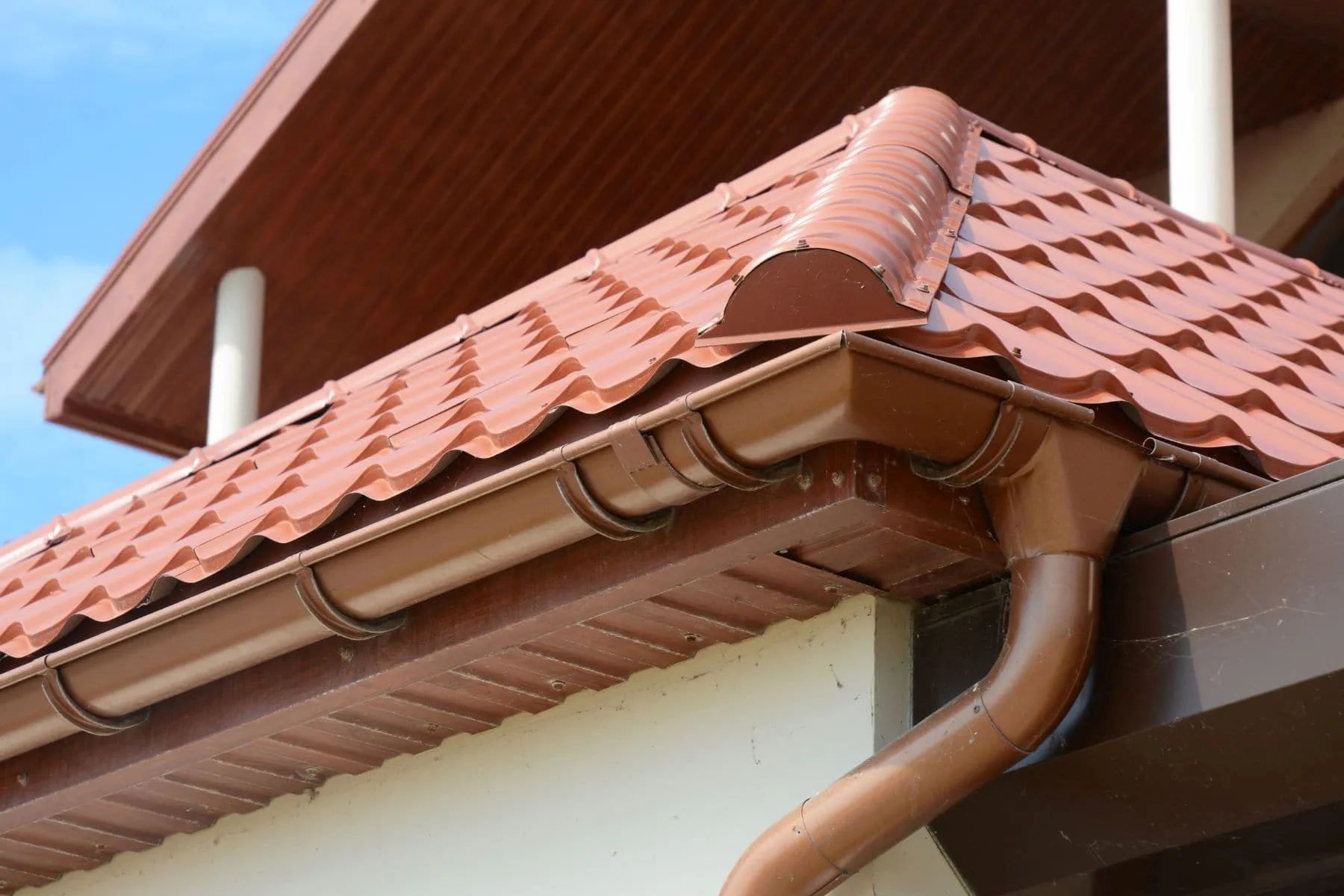


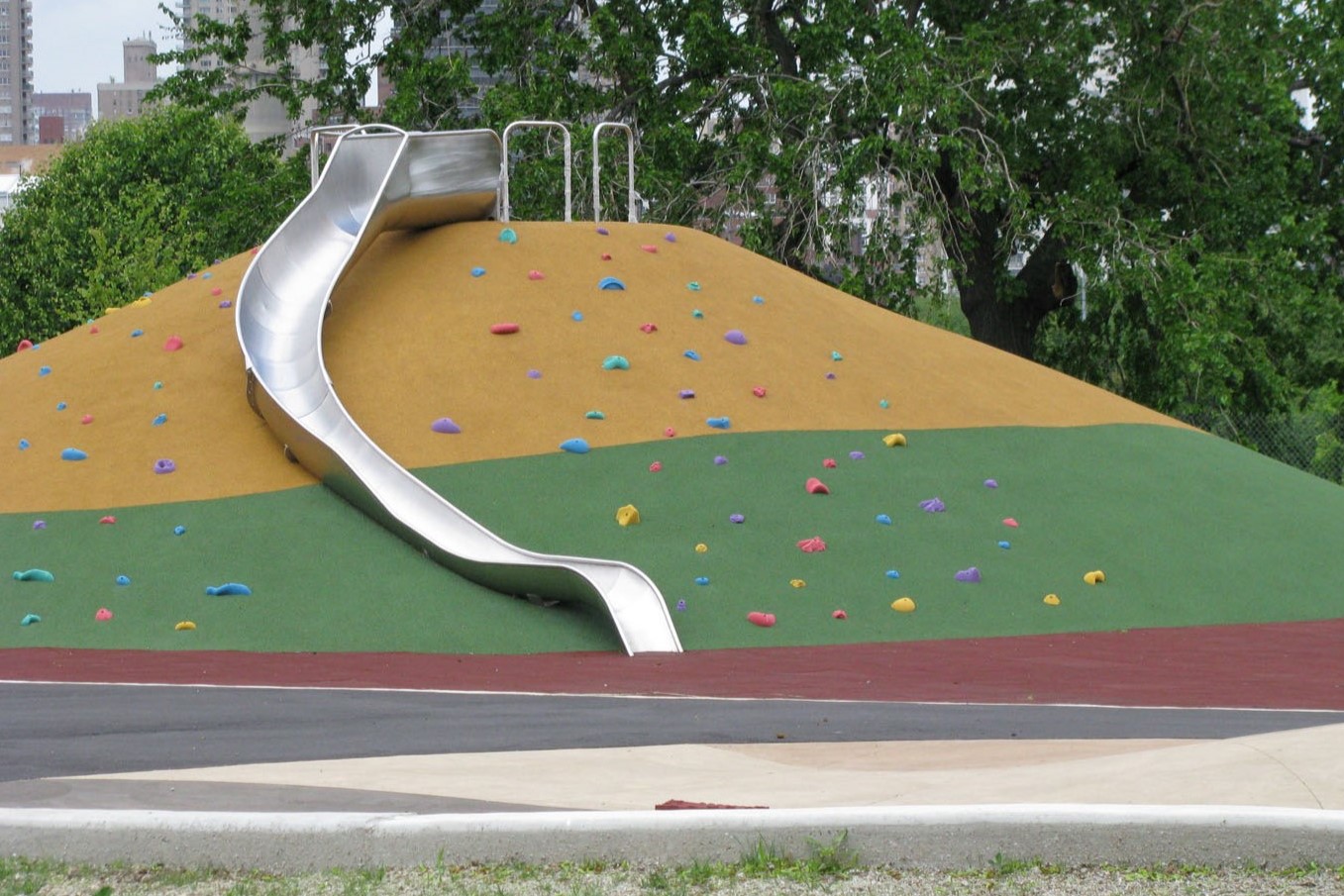
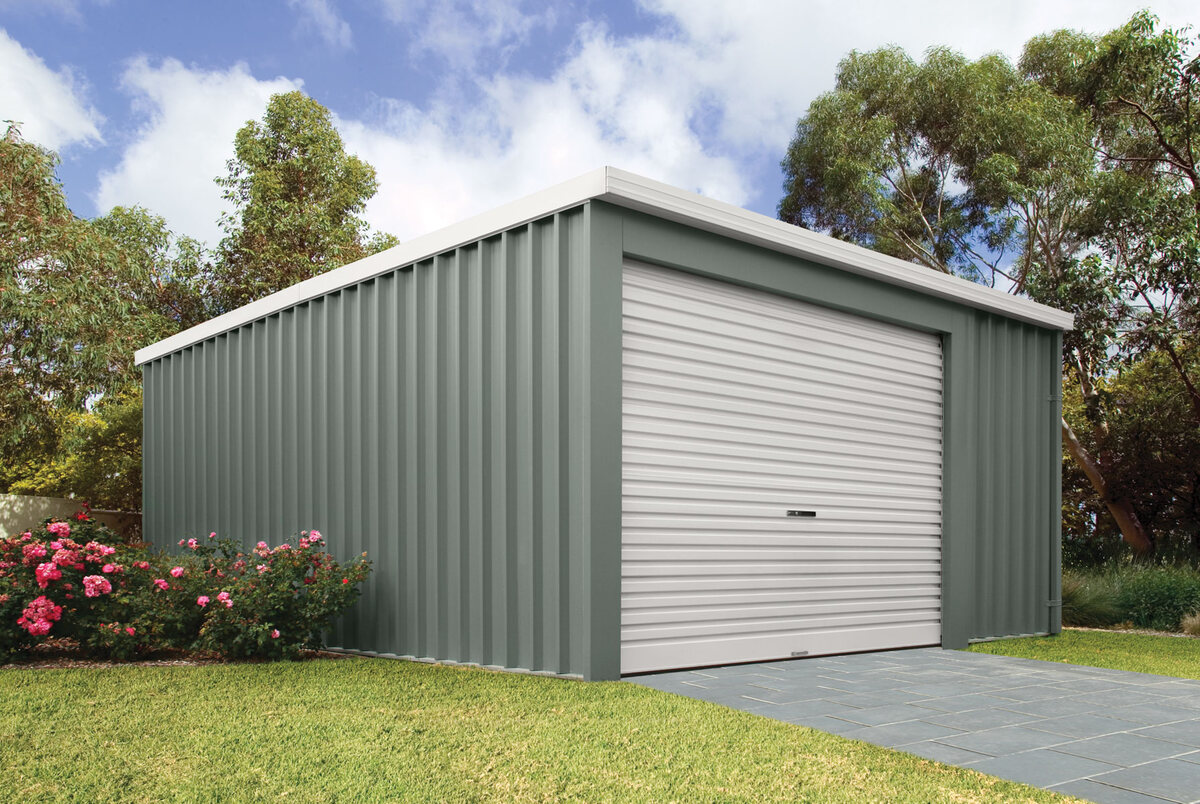

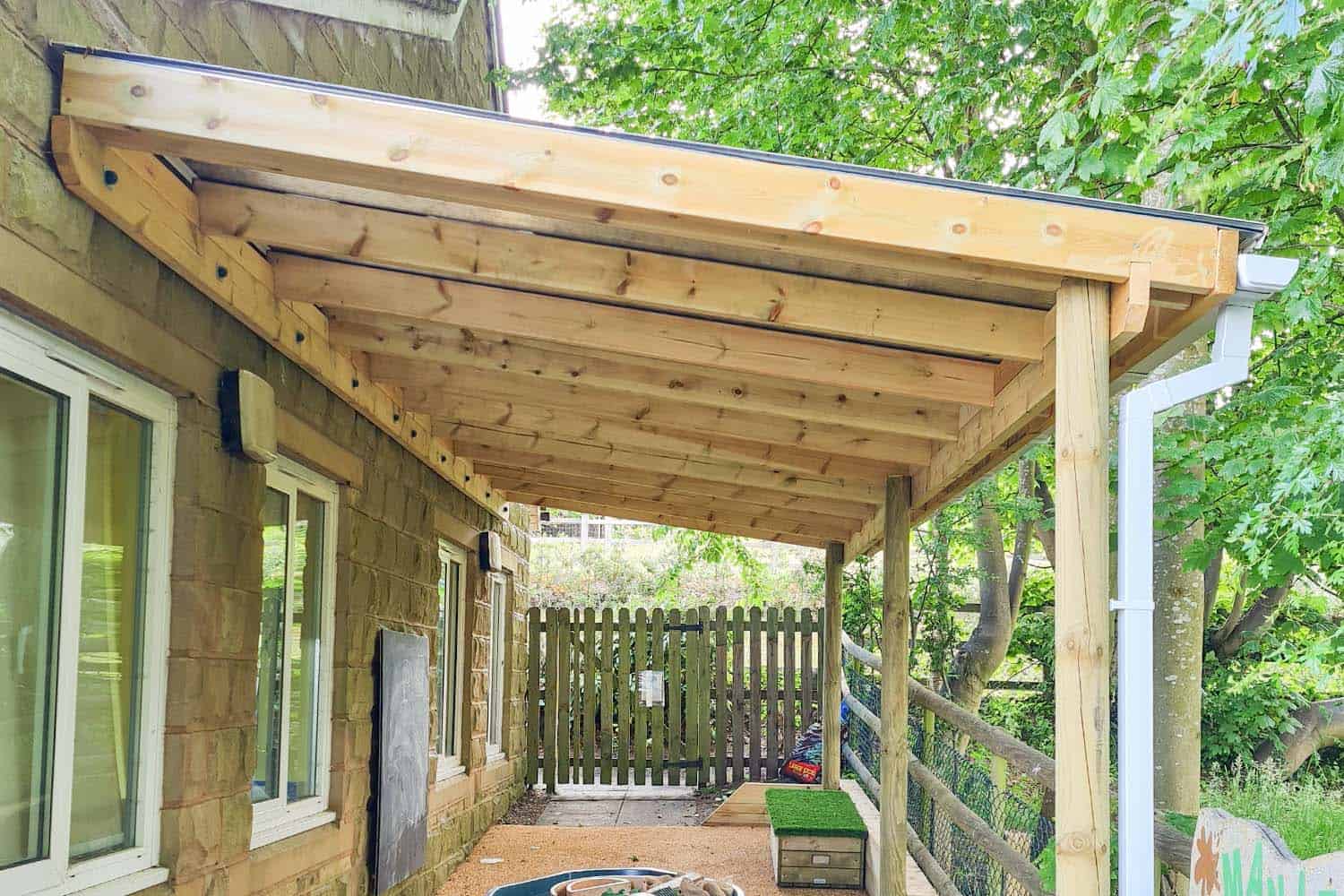
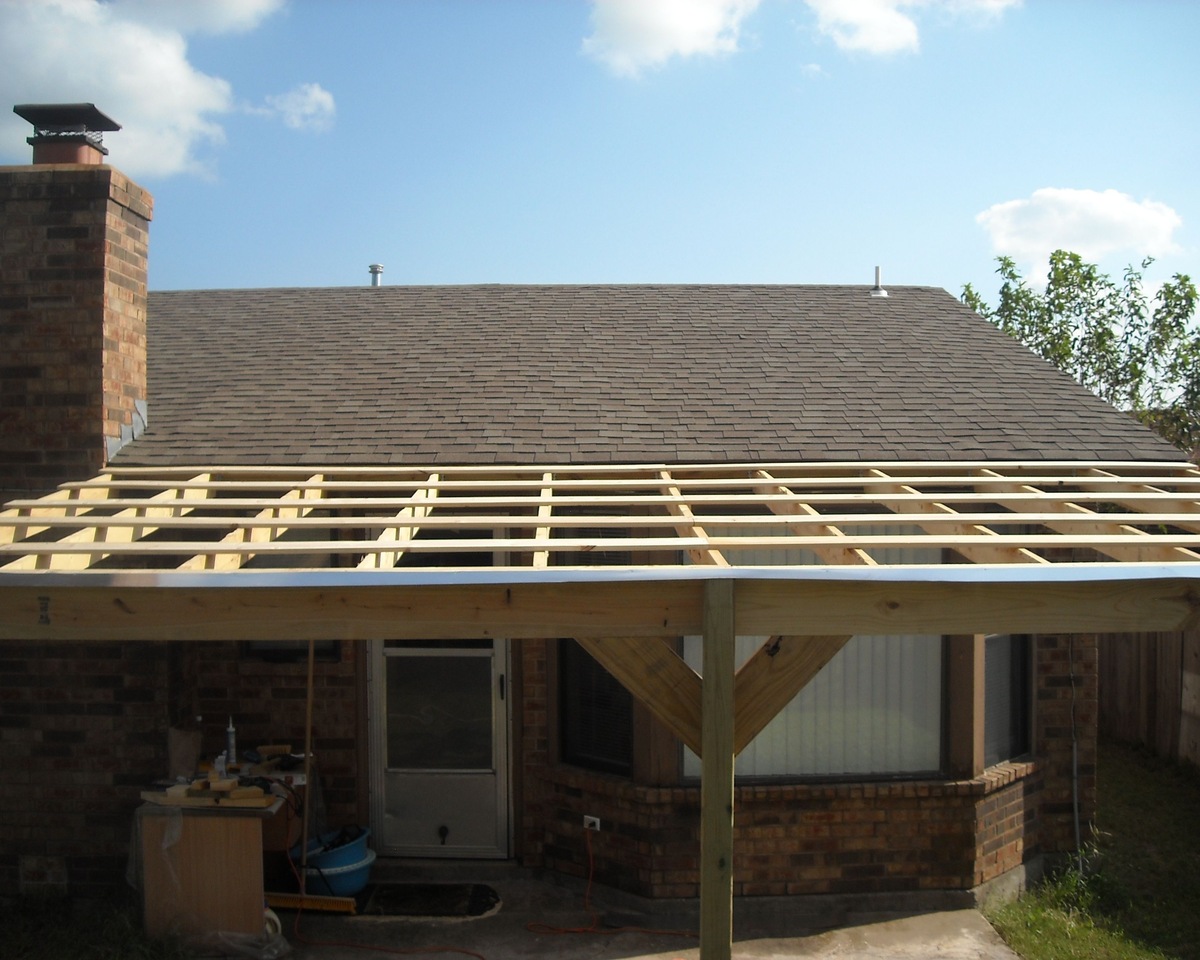
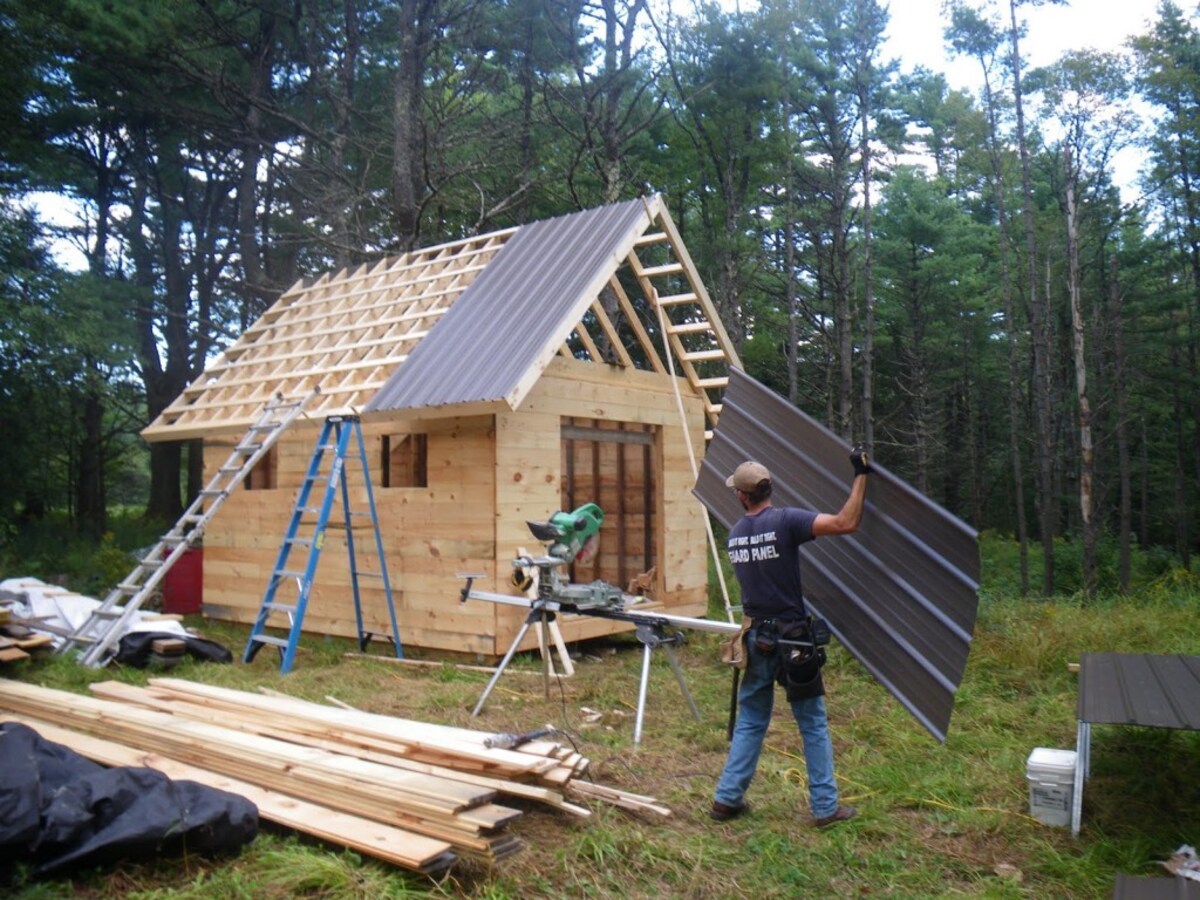
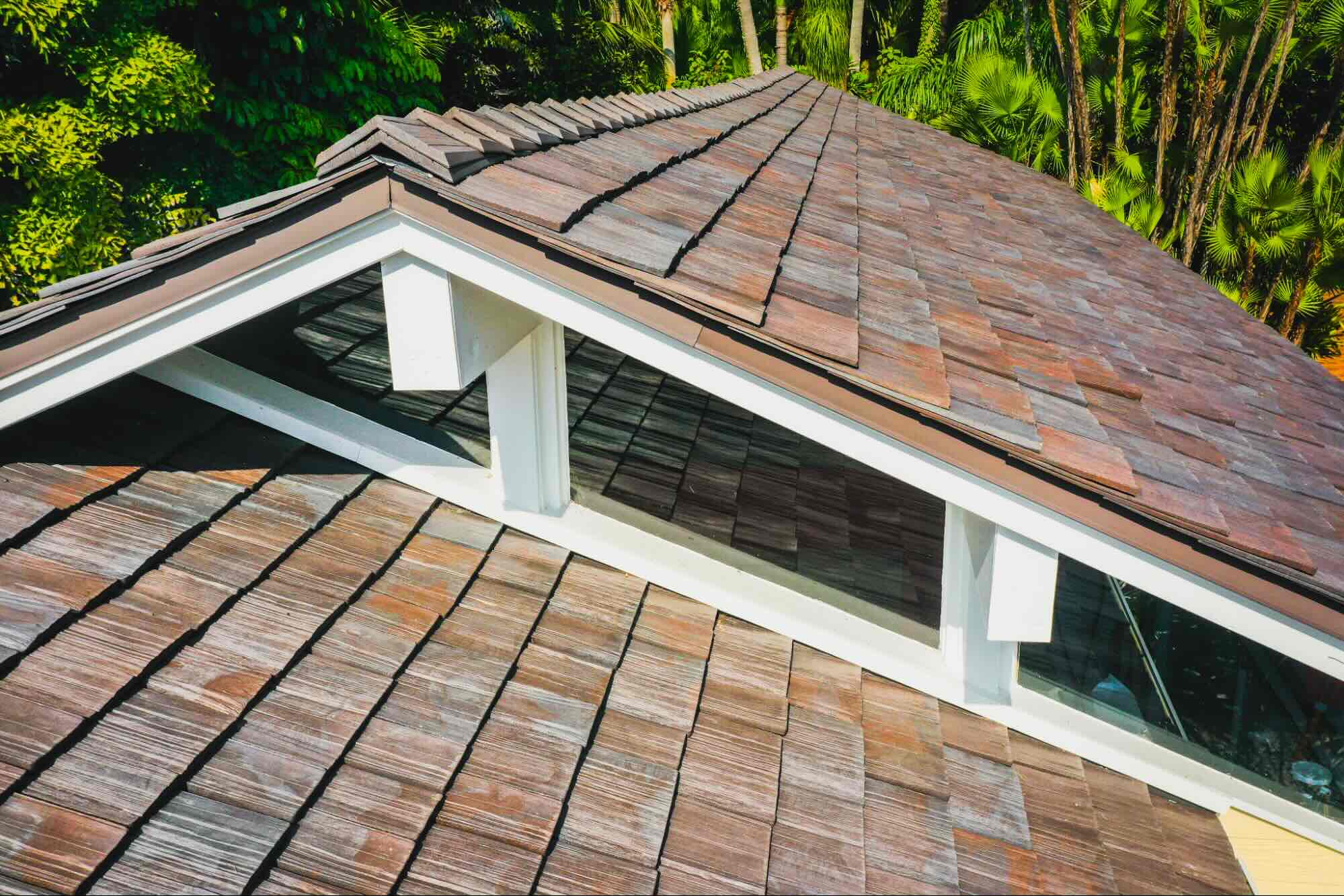
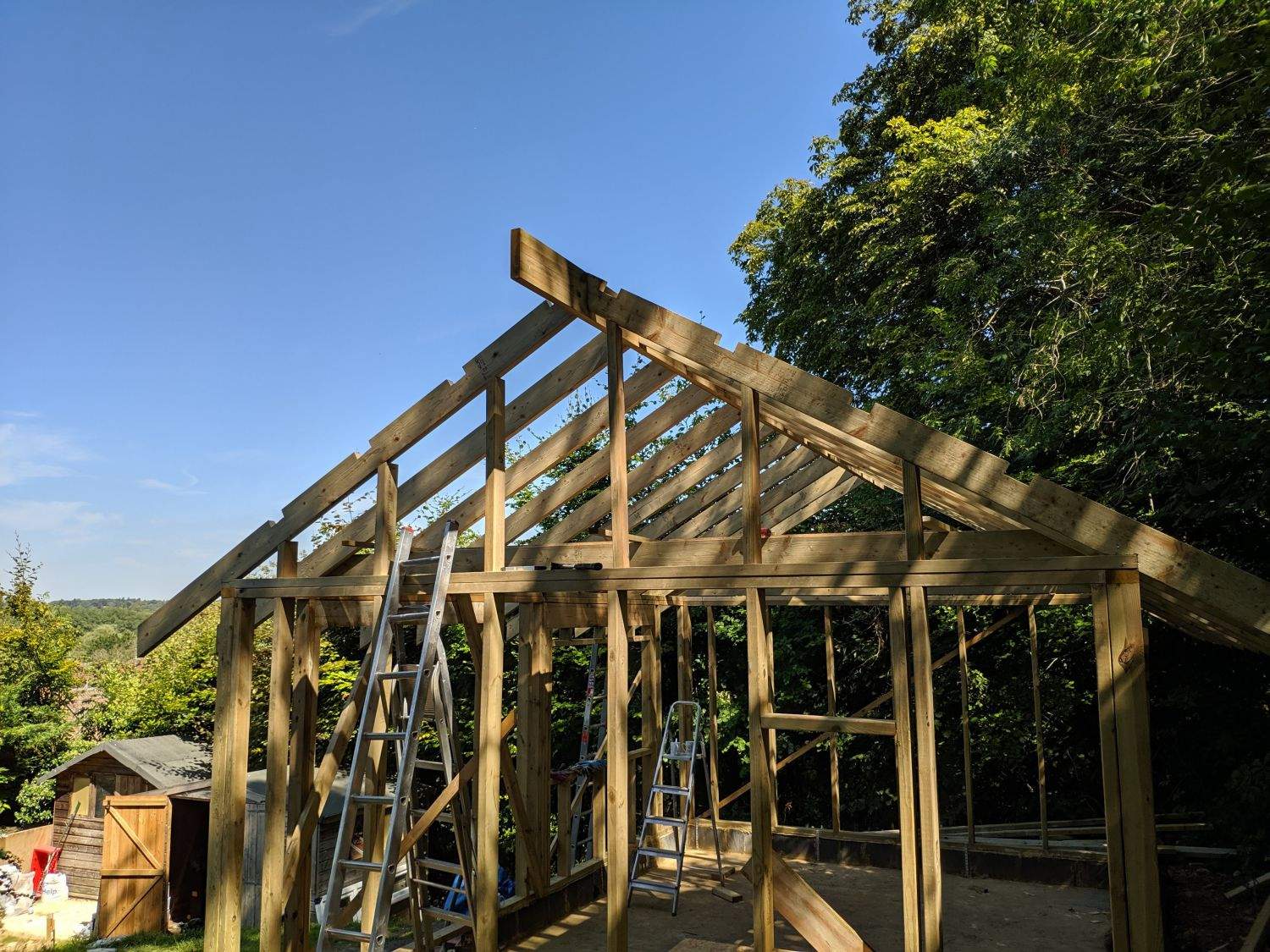
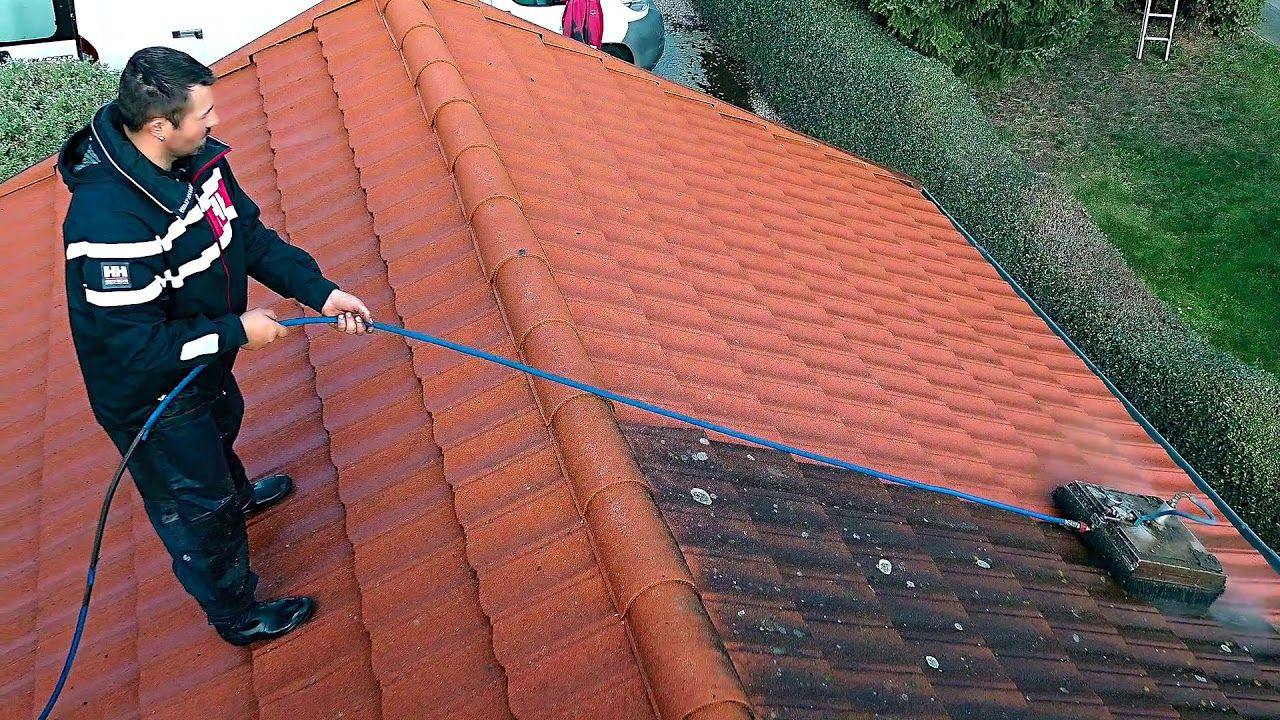

0 thoughts on “How To Work On A Steep Roof”